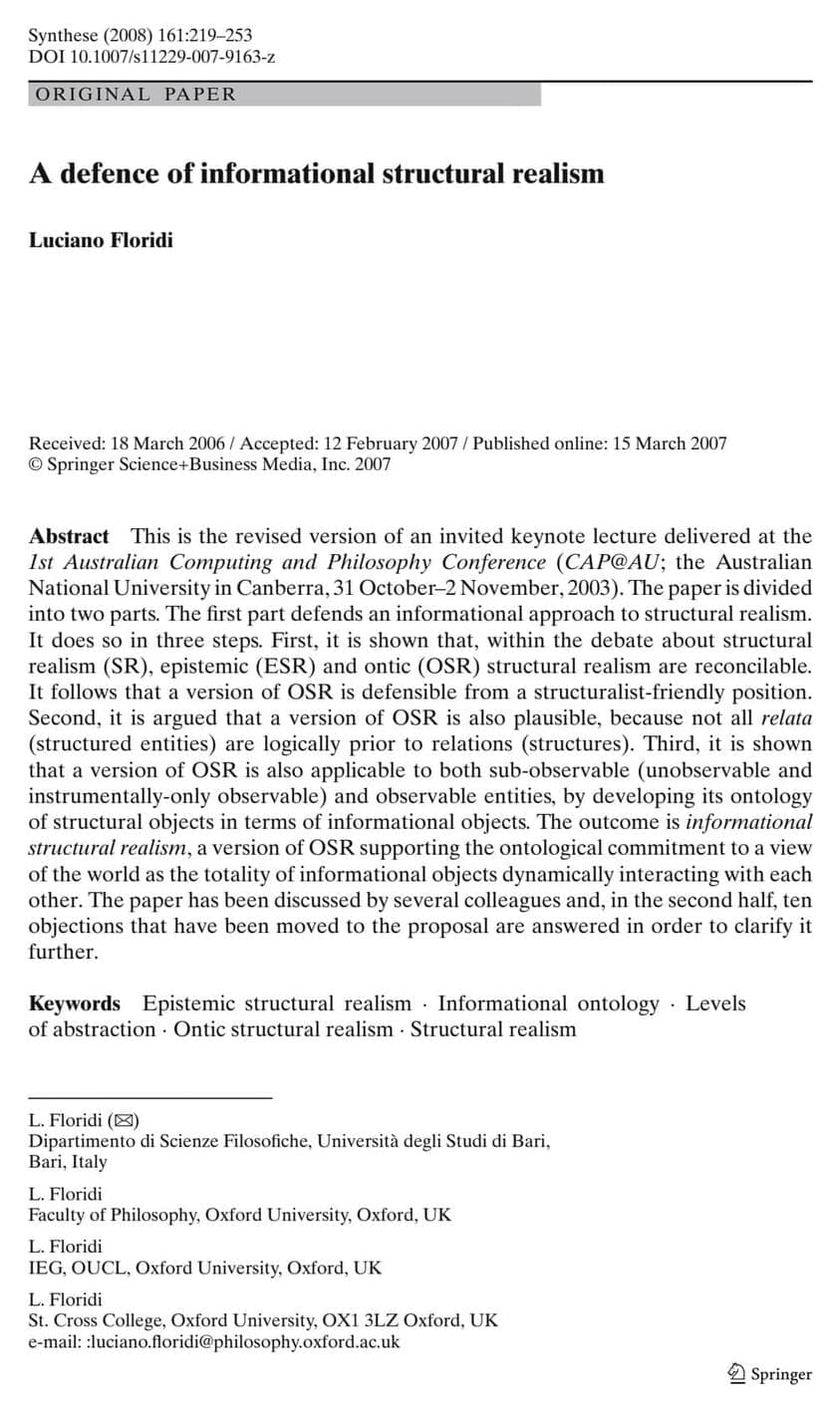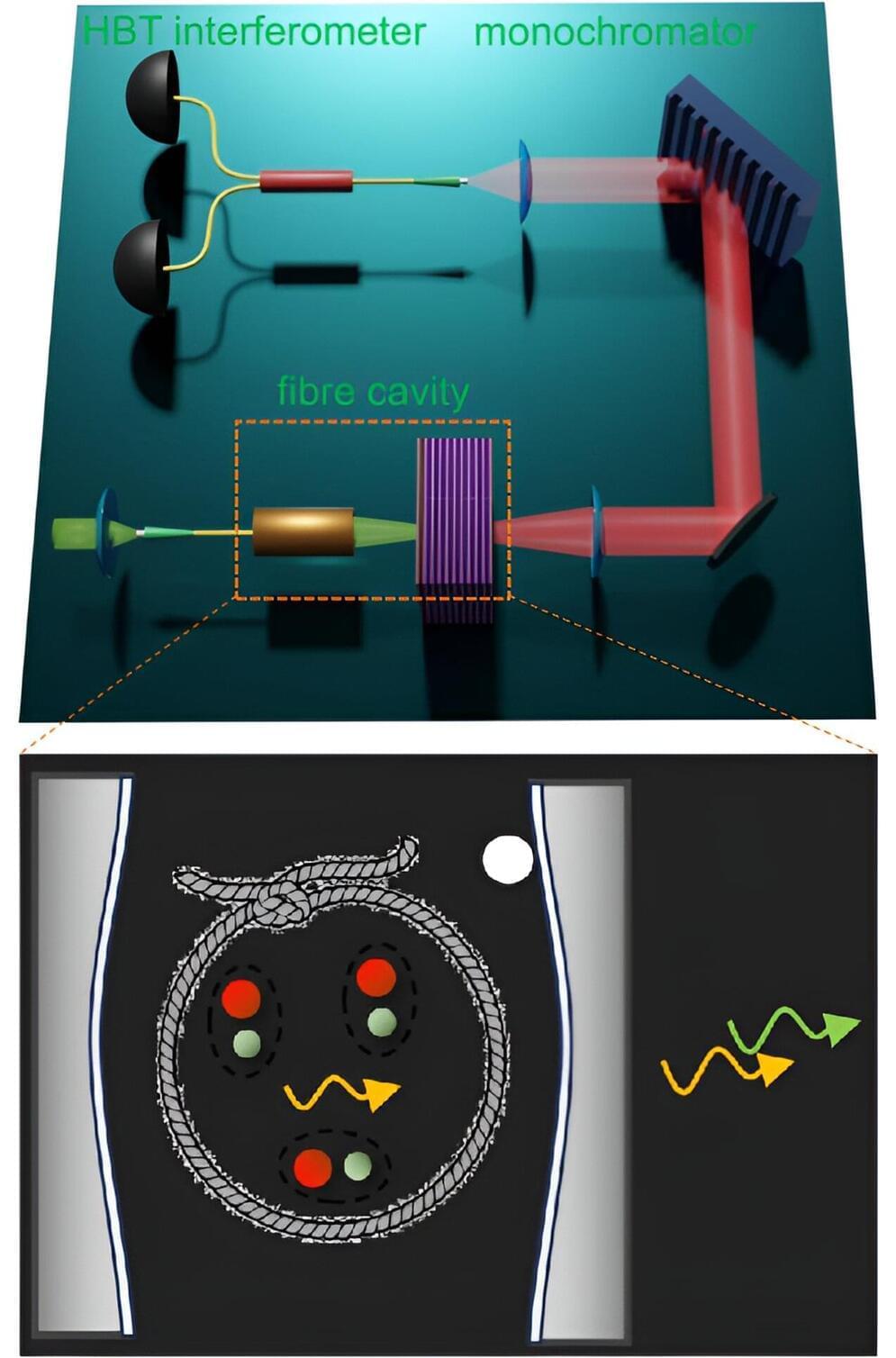Bempedoic acid, a statin alternative, may help reduce deaths from heart disease among people with high levels of “bad” cholesterol, new research finds.
In a paper published in Science Jan. 18, scientists Chad Mirkin and Sharon Glotzer and their teams at Northwestern University and University of Michigan, respectively, present findings in nanotechnology that could impact the way advanced materials are made.
The paper describes a significant leap forward in assembling polyhedral nanoparticles. The researchers introduce and demonstrate the power of a novel synthetic strategy that expands possibilities in metamaterial design. These are the unusual materials that underpin “invisibility cloaks” and ultrahigh-speed optical computing systems.
“We manipulate macroscale materials in everyday life using our hands,” said Mirkin, the George B. Rathmann Professor of Chemistry at the Weinberg College of Arts and Sciences.
In 1960, Luttinger proposed a universal principle connecting the total capacity of a system for particles with its response to low-energy excitations. Although easily confirmed in systems with independent particles, this theorem remains applicable in correlated quantum systems characterized by intense inter-particle interactions.
However, and quite surprisingly, Luttinger’s theorem has been shown to fail in very specific and exotic instances of strongly correlated phases of matter. The failure of Luttinger’s theorem and its consequences on the behavior of quantum matter are at the core of intense research in condensed matter physics.
A new study by Petr Znamenskiy, Tom Mrsic-Flogel, and colleagues present findings that overturn a decade-long idea that inhibitory neurons provide blanket normalising inhibition, showing that for PV+ inhibitory neurons this is not the case.
By April Cashin-Garbutt
Just like computers are characterised by their hardware, neural circuits in the brain are defined by their wiring. The synaptic organisation determines the function of neural circuits. While the connections of excitatory and inhibitory neurons were previously characterised, a new study has revealed the hidden precision of the synaptic strength of inhibitory circuits in the neocortex.
“People often think of excitatory neurons as doing the bulk of the interesting computations in the brain, whereas inhibitory neurons are thought to coordinate the activity of excitatory cells. We know from previous research that the connectivity of excitatory cells is very specific, whereas inhibitory neurons were thought to have very broad and non-specific connections,” explained Petr Znamenskiy, Group Leader at the Francis Crick Institute and former postdoctoral researcher in the Mrsic-Flogel Lab at the Sainsbury Wellcome Centre.
The random nature of genetic mutation implies evolution is largely unpredictable. But recent research suggests this may not be entirely so, with interactions between genes playing a bigger role than expected in determining how a genome changes.
It’s known that some areas of the genome are more likely to be mutable than others, but a new study now suggests a species’ evolutionary history may play a role in making mutations more predictable too.
“The implications of this research are nothing short of revolutionary,” says University of Nottingham evolutionary biologist James McInerney.
The Vision Pro augmented reality device goes on sale Friday. Don’t expect Apple to host a splashy event to promote it.
In the future Biotechnology may allows us repair, modify, or augment humans, but how will this be done? What will these technologies look like and should we embrace them?
Start listening with a 30-day Audible trial and your first audiobook is free. Visit.
http://www.audible.com/isaac or text \.
A new photonic radar system has been tested on cane toads by scientists at Sydney Nano and the School of Physics. It delivers contactless, high-definition detection of vital signs and could be developed for use in ICUs, aged-care facilities and for people with sleep apnoea or infants with breathing concerns.
An international collaboration, led by Macquarie University scientists, has introduced a new quantum optics technique that can provide unprecedented access to the fundamental properties of light-matter interactions in semiconductors.
The research, published Jan. 15 in the journal Nature Physics, uses a novel spectroscopic technique to explore interactions between photons and electrons at the quantum scale.
Professor Thomas Volz, co-author of the study and research group leader at Macquarie University’s School of Mathematical and Physical Sciences, says the work has the potential to drive a breakthrough in the global quest for accessible quantum photonic technologies.








